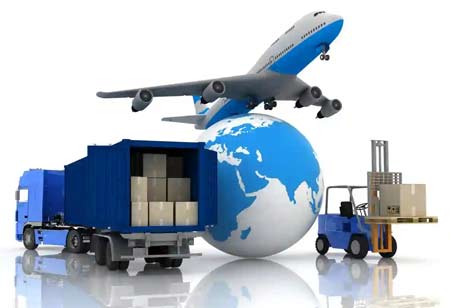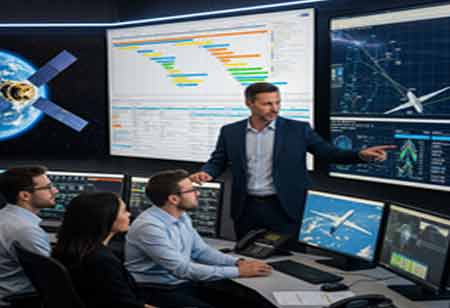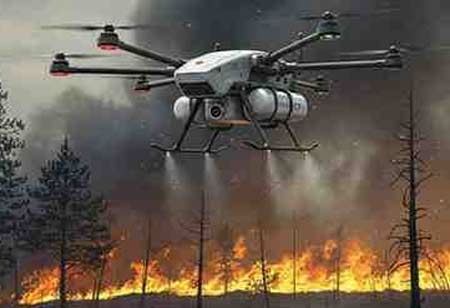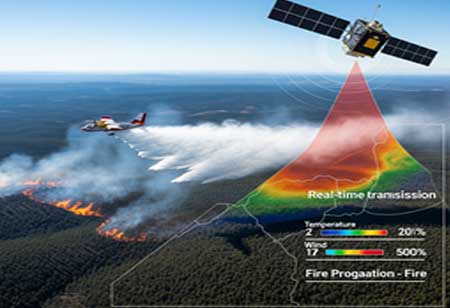Cloud computing has pushed the aerospace industry to undergo a substantial transformation. The flexibility brought about by cloud services has increased security, efficiency, and direct communication with stakeholders.
FREMONT, CA: Cloud computing has pushed the aerospace industry to undergo a substantial transformation. This has impacted businesses by simplifying their reaction to the dynamic market environment and the risks associated with it. As cloud computing nullifies the requirement for expensive real-world samples, it greatly influences multiple industries, such as aircraft manufacturing.
The flexibility brought about by cloud services has increased security, efficiency, and direct communication with stakeholders.
The Importance of Cloud Technology in Aerospace
Year by year, cloud services have been becoming more prominent in the aerospace industry, and companies are only required to pay for products and infrastructure. By using the cloud, the aerospace industry can create an aircraft component without generating a physical component, and quickly and with ease. In addition, the industry deals with a considerable amount of sensitive data. The government and military make use of cloud technology to safeguard said data.
The Significance of the Cloud in Aerospace
There are multiple advantages to using cloud computing in aerospace.
Cost-effectiveness: Airlines companies that use cloud services eliminate the need for physical computers and IT personnel, which substantially reduces administration and maintenance costs.
Scalability: To adapt to dynamic business demands, individuals may change the computing power they can access in the cloud in a few minutes.
Boosting Productivity: To provide job flexibility to ground employees, airlines may make use of cloud services to enable the employees to operate from home, without requiring them to purchase new equipment or tools.
Flexibility in Tool Usage: Companies can invest in selected tools and applications and pay only for the ones they use. They can also update these tools as and when required, as an alternative to investing a substantial amount of funds in software they might utilise a limited number of times.
Technologies Evolving in the Aerospace Industry
Apart from cloud computing, the aerospace industry has taken to some other emerging technologies.
Automation
Airports are employing autonomous robots powered by AI. These robots assist with multiple functions such as shifting baggage, and assisting passengers, and are also developed to perform other tasks, such as driving self-driving automobiles.
AI
Before the pandemic, the aerospace industry was exploring the capabilities of AI, as the disruptive technology has improved operations in numerous other sectors, which include face recognition in airport security, monitoring flights, and passenger check-ins.
Currently, AI is being employed in flying models and training procedures. By using machine learning (ML), AI is capable of detecting patterns, learning from them, and predicting following patterns.
The Role of Cloud Computing in Transforming the Aerospace Industry
As a result of leveraging cloud computing, the aerospace industry has changed to include more accessible stakeholder collaboration and communication and more rapid data processing. Some significant improvements brought about by cloud computing include:
Collaborative Testing and Design: Engineers and designers can collaborate remotely and test aeroplanes using the cloud. This accelerates planning and testing processes and subsequently saves time and money.
Remote Operations: Pilots can monitor and manage their aircraft remotely by monitoring the flying systems, using the cloud.
Data Management and Processing: Aerospace organisations can examine large amounts of data sent on satellites in real-time using the cloud. This results in cost savings and improved productivity.
Predictive Maintenance: By utilising cloud-hosted technology, aerospace companies can observe and predict when repairs are required for planes.









